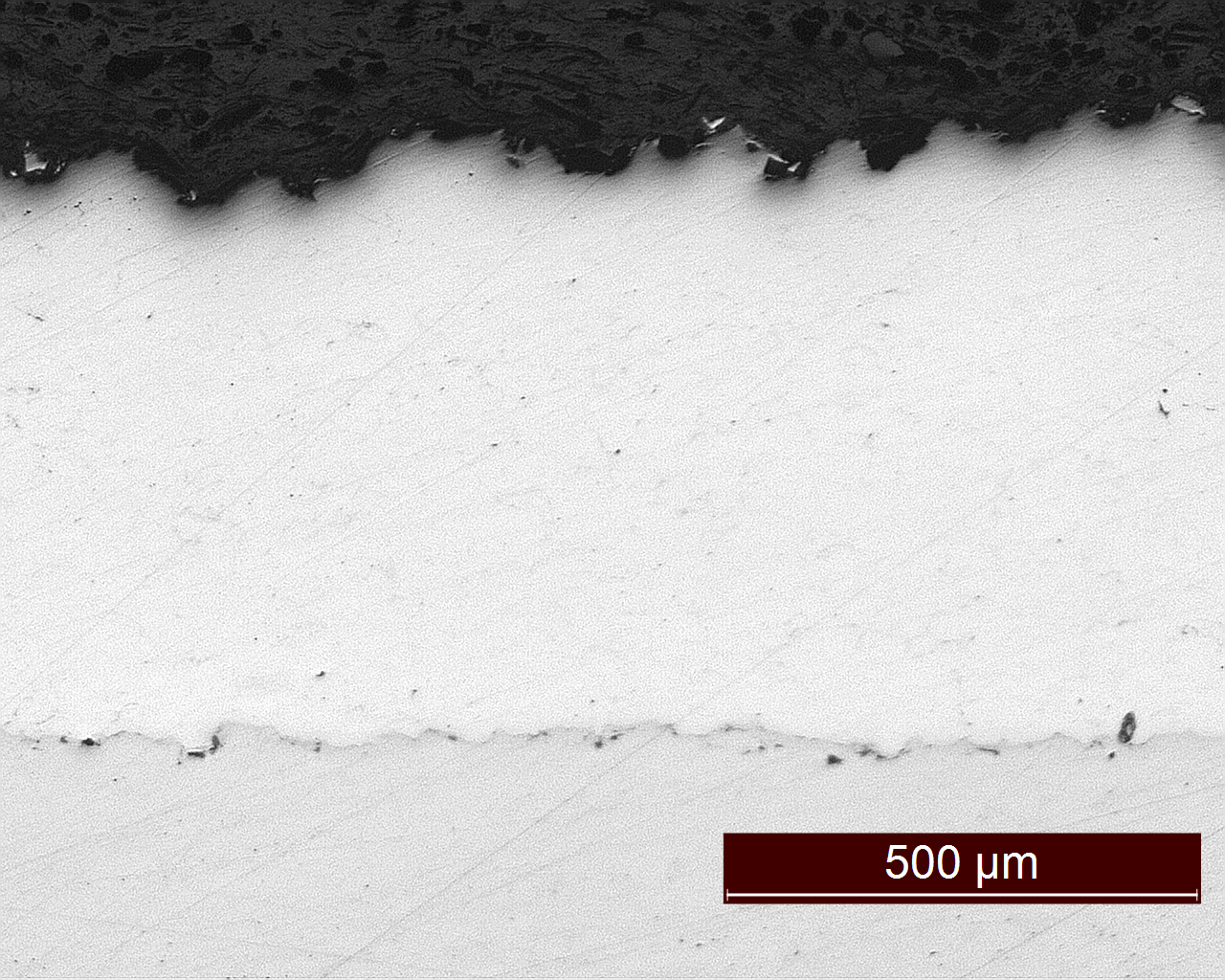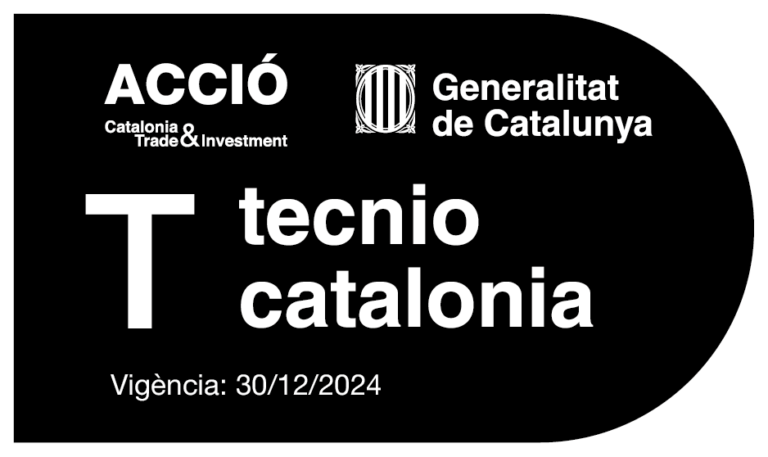A. Silvello, P. Cavaliere, S. Yin, R. Lupoi, I. Garcia Cano, S. Dosta, JTST Journal of Thermal Spray Technology, Springer Science Publisher (2022), https://doi.org/10.1007/s11666-021-01293-w
Abstract: HEAs powders, unlike standard alloys which contain one or two base elements, are new alloys that contain multiple elements in the same quantity. These materials have outstanding physical and mechanical properties and for this reason, are of great interest in the material science community for their application in advanced industrial sectors. In this investigation, cold spray (CS) and high-velocity oxy-fuel (HVOF) processes were used to deposit Cantor alloy (FeCoCrNiMn) coatings. Starting feedstock powders were thoroughly characterized in terms of size, shape, phase and elastic modulus. For CS process, the coating deposition efficiency and porosity could be optimized by varying gas pressure, gas temperature and stand-off distance. In the case of HVOF process, stand-off distance influenced the thickness of the coatings. Besides, on the optimized CS and HVOF coatings, corrosion tests in 3.5% NaCl solution, as well as rubber wheel, ball on disk and jet erosion tests were carried out to evaluate their wear behavior. Also, to benchmark the corrosion and wear behavior of optimized coatings, the results were compared to 316L and C-Steel bulks. The tribological study shows that Cantor alloy coatings deposited via CS and HVOF are promising to protect part sand components in a harsh environment.
Keywords: cold spray, corrosion protection, erosion resistant coatings, HVOF, HEAs, tribology, wear.








